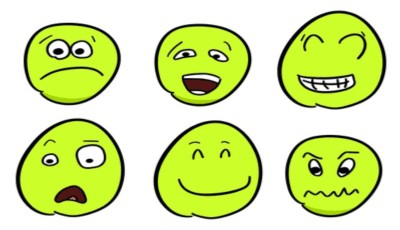 Bhopal, Madhya Pradesh, India
Bhopal, Madhya Pradesh, India dr.vaibhavdubey@gmail.com
dr.vaibhavdubey@gmail.com
Opening Hours : Monday to Saturay - 6 PM to 9 PM
Opening Hours : Monday to Saturay - 6 PM to 9 PM

The core feature of disruptive mood dysregulation disorder is chronic, severe persistent irritability.
This severe irritability has two prominent clinical manifestations, the first of
which is frequent temper outbursts. These outbursts typically occur in response to frustration
and can be verbal or behavioral (the latter in the form of aggression against property,
self, or others). They must occur frequently (i.e., on average, three or more times per
week) (Criterion C) over at least 1 year in at least two settings (Criteria E and F), such as in
the home and at school, and they must be developmentally inappropriate (Criterion B).
The second manifestation of severe irritability consists of chronic, persistently irritable or
angry mood that is present between the severe temper outbursts. This irritable or angry
mood must be characteristic of the child, being present most of the day, nearly every day,
and noticeable by others in the child’s environment (Criterion D).
The clinical presentation of disruptive mood dysregulation disorder must be carefully
distinguished from presentations of other, related conditions, particularly pediatric bipolar
disorder. In fact, disruptive mood dysregulation disorder was added to DSM-5 to
address the considerable concern about the appropriate classification and treatment of
children who present with chronic, persistent irritability relative to children who present
with classic (i.e., episodic) bipolar disorder.
Some researchers view severe, non-episodic irritability as characteristic of bipolar disorder
in children, although both DSM-IV and DSM-5 require that both children and adults
have distinct episodes of mania or hypomania to qualify for the diagnosis of bipolar I disorder.
During the latter decades of the 20th century, this contention by researchers that
severe, nonepisodic irritability is a manifestation of pediatric mania coincided with an upsurge
in the rates at which clinicians assigned the diagnosis of bipolar disorder to their
pediatric patients. This sharp increase in rates appears to be attributable to clinicians combining
at least two clinical presentations into a single category. That is, both classic, episodic
presentations of mania and non-episodic presentations of severe irritability have
been labeled as bipolar disorder in children. In DSM-5, the term bipolar disorder is explicitly
reserved for episodic presentations of bipolar symptoms. DSM-IV did not include a diagnosis
designed to capture youths whose hallmark symptoms consisted of very severe, nonepisodic
irritability, whereas DSM-5, with the inclusion of disruptive mood dysregulation
disorder, provides a distinct category for such presentations.